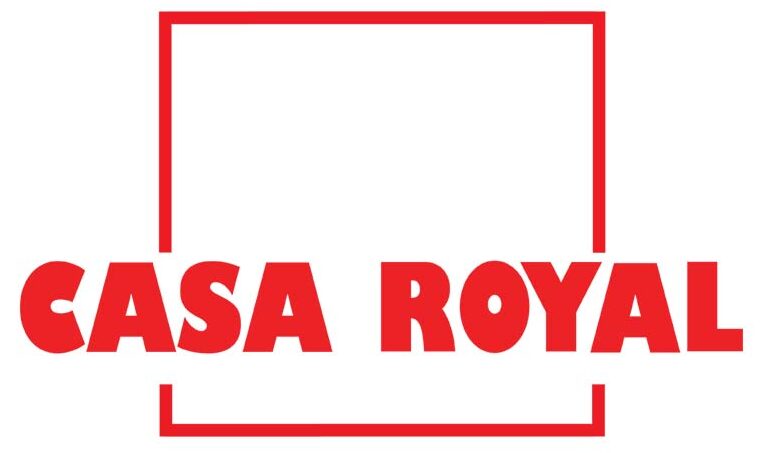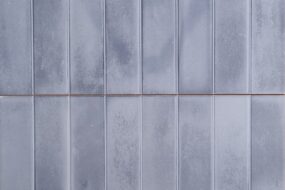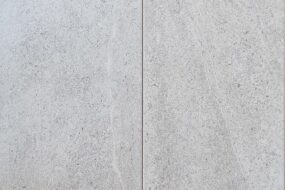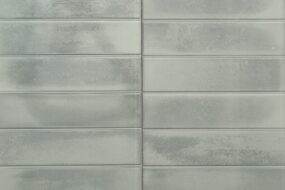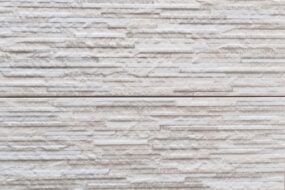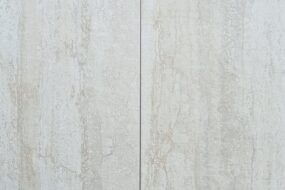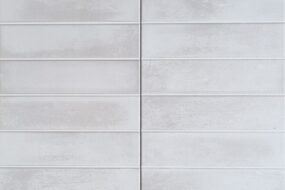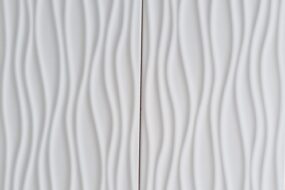Lots of confusion persists as to the difference between ceramic and porcelain tiles. The difference is really one of quality rather than type. The clay used for porcelain tiles is simply purer and more refined, making them tougher, denser and more impervious to water. With a water absorption rate of less than 0.5%, porcelain tiles are less liable to stain and also usually – but not always – more frost-resistant.
Ceramic tiles (sometimes also called non-porcelain tiles) are usually made from red or white clay, and the color and pattern is usually carried in the glaze. Full body porcelain tiles carry the color and pattern throughout the tile, decreasing the potential for visible wear and tear.
Most manufacturers are switching to porcelain tiles because, while slightly more expensive to produce, they lead to a much sturdier product.
Equally as important as the porcelain vs ceramic tile issue, is the quality of the tile itself and its resistance to scratching and other signs of use. For floor tiles, you will need to consider the amount of foot traffic you can expect. Luckily, ceramic and porcelain tiles are characterized according to a simple 0-6 scale to help you decide.
ASTM International (formerly the American Society for Testing and Materials) is the organization responsible for the standards that categorise the “abrasion resistance” of glazed ceramic tiles – in other words, how easily the tiles become scratched. Surface abrasion is measured using the ASTM C1027 (or ISO 10545-7) test.
Armed with this information, you’re in a better position to begin your tiling project, pick out your tools and get cutting.
PEI Ratings
This is a breakdown of the scale used.
PEI Class 0 Rating (Decorative Use Only) – Recommended for essentially zero human contact.
PEI Class 1 Rating (No foot traffic) – Recommended for wall use only.
PEI Class 2 Rating (Light traffic) – Recommended for both wall use and bathroom flooring.
PEI Class 3 Rating (Light to moderate traffic) – Recommended for countertops, walls and floors. Moderate foot traffic is OK.
PEI Class 4 Rating (Moderate to heavy traffic) – Recommended for all residences and even medium commercial use.
PEI Class 5 Rating (Heavy to extra heavy traffic) – Recommended for all residential as well as heavy commercial and use.
Ceramic tiles usually have a PEI rating of between zero and three.
Other Tile Options: Natural Stone and Vinyl
You may also wish consider using natural stone tiles (here is a hub article purely on this topic), which can be equally sturdy and look wonderful. Limestone and marble are popular choices, as are slate and granite. If you are planning to use natural stone tiles, be careful about using them for kitchen work surfaces as you will need to consider the abrasion, likelihood of staining and the effects of using cleaning products. Also, think about hiring a professional for the installation unless you are very confident about your skills!
One more option for flooring is vinyl. Vinyl tiles are easy to cut and therefore great if you want to be creative, as infinite patterns are possible. Some are self-adhesive while others must be glued with a specific tile adhesive. They cannot be laid directly on the floor so you will need to use a smooth surface underneath, such as hardboard.
In conclusion, depending on your requirements, ceramic tiles may be perfectly adequate, but be realistic about the amount of use to expect. If the cost difference is minimal, then porcelain tiles are usually the simplest and best choice.
Choosing your tiles is far more interesting than pondering the appropriate grout and picking the perfect adhesive, but don’t forget about these aspects of your tile projects as they’re no less important.
